
What Is a Bill of Lading and How Does It Work?
The landing bill is a foundational document in the logistics and shipping world. It serves multiple functions: it is a receipt confirming that the goods have been loaded onto a transport vehicle, a contract between the shipper and the carrier, and, when issued as a negotiable document of title, it can be transferred to others.
The importance of the bill of lading stems from its dual roles, both legal and operational. When a shipment is initiated, the carrier issues this document to the shipper, listing essential details such as the type and quantity of goods, the destination, and the consignee. There are several types of bills for landing, depending on the nature of the transaction and mode of transport. Some of these include the original bill of lading, telex release, and the express bill of lading. Each has its implications for how the cargo is released at the destination.
In the traditional model, an original bill of lading must be physically presented at the destination port before the cargo is released. This often requires couriering documents internationally, which introduces delays and added cost. The express release bill of lading eliminates these inefficiencies, making it a preferred choice in many modern freight operations.
The Express Release Bill of Lading: Definition and Strategic Use
The express release bill of lading is a digital shipping document that authorizes the release of cargo to a named consignee without requiring the physical presentation of the original bill of lading. It is fundamentally non-negotiable, meaning the ownership of the goods cannot be transferred during transit. The document is typically issued when the cargo is fully paid before shipment or when a strong business relationship exists between the exporter and importer.
One of the key benefits of the express release is the reduction in processing time and costs. Since there’s no need to print or courier the original Bill of Lading (B/L), cargo can be cleared more quickly upon arrival. For routine shipments, consolidated cargo, or when dealing with trusted international partners, this format provides a streamlined and reliable option.
In the context of LCL (Less Than Container Load) shipping, where multiple consignments are consolidated into a single container, express release is instrumental. Each shipper benefits from faster processing of their specific cargo, even though it shares space with other shipments. This simplifies operations for freight forwarders and improves customer satisfaction through quicker delivery.
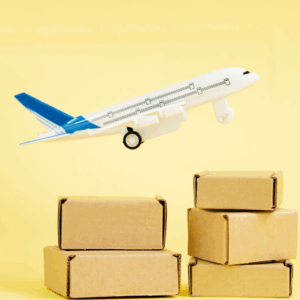
To better understand the value of an express release, it’s essential to compare it with the original bill of lading. An original Bill of Lading (B/L) is a negotiable document, often required in transactions involving trade finance or letters of credit. It provides a high level of security because only those holding the physical copy can claim the goods.
On the other hand, the express release bill of lading trades this flexibility for speed and convenience. Since it is non-negotiable, the goods are delivered strictly to the named consignee. This makes it unsuitable for transactions where the ownership of the cargo might change during transit. However, for pre-paid transactions, long-standing business relationships, or internal transfers within multinational companies, it is highly effective.
The choice between an express and original bill of lading (B/L) depends on the nature of the trade agreement, payment terms, and the level of trust between the parties involved.
The Critical Role of Air Freight Forwarders
An air freight forwarder is an indirect air carrier responsible for organizing and managing the shipment of goods by air on behalf of shippers. Unlike traditional airlines, they do not operate their aircraft. Instead, they serve as intermediaries between shippers and airlines, booking space, arranging documentation, and ensuring compliance with international regulations.
Air freight forwarders are particularly valuable in coordinating complex shipments that involve multiple legs, various customs jurisdictions, and tight delivery windows. They handle key responsibilities, including route planning, freight consolidation, risk management, and providing visibility into the supply chain through tracking systems.
Today’s forwarders must also support digital documentation processes, including the generation and management of express release bills of lading. Their knowledge of shipping regulations, customs processes, and technology platforms enables them to facilitate faster and more secure cargo release processes.
Digitization of Air Freight: Trends and Impacts
The freight forwarding industry is undergoing a digital transformation driven by technologies such as machine learning, electronic data interchange (EDI), and cloud-based booking platforms. These tools allow air freight forwarders to automate both customer-facing and back-end operations.
Digital forwarders, such as Flexport, and online platforms provided by carriers are reducing the cost to serve, increasing market transparency, and challenging traditional models. For traditional air freight forwarders to remain competitive, they must digitize key functions, including quoting, booking, document generation, shipment tracking, and invoicing.
The express release bill of lading plays a crucial role in this digitization effort. It eliminates delays associated with document transit, supports paperless transactions, and facilitates integrated customs processing. Forwarders that adapt to this model are better positioned to offer superior service, reduce operational costs, and scale effectively.
Understanding the Carrier Release Process
The carrier release process is the final stage in the shipping cycle where the carrier officially releases the cargo to the consignee. When an express bill of lading is used, this process is significantly simplified. Since the document is digital and non-negotiable, and the consignee is predetermined, the carrier can immediately proceed with the release upon arrival of the shipment. Any applicable duties or fees are settled.
This model eliminates common delays, including document loss, courier delays, and endorsement issues. However, it does require that all terms, especially payment, are finalized before the cargo departs. Freight forwarders play a crucial role in confirming these conditions and ensuring that the documentation is submitted correctly.
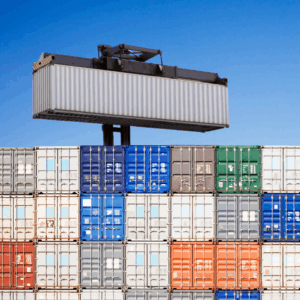
International freight shipments involve numerous documents, each serving specific legal, financial, and logistical functions. In addition to the bill of lading, key documents include:
- Commercial invoice: Confirms the value of goods for customs purposes.
- Packing list: Details the contents of each package.
- Certificate of origin: Indicates the country in which the goods were produced.
- Import/export licenses: Required in some countries for regulatory compliance.
The use of digital documentation, including electronic express release bills of lading, accelerates the processing of these documents and reduces the risk of errors. By centralizing document management, freight forwarders help ensure smooth customs clearance and cargo release.
Frequently Asked Questions
What is VAT – Value Added Tax?
VAT is a tax imposed at each stage of the production and distribution process. For international imports, VAT must be paid when goods enter a country with applicable VAT laws. It is calculated based on the declared value of the goods and may also apply to freight charges. Please note that VAT is not included in ExFreight’s shipping quotes unless otherwise specified.
What is a custom de minimis rule?
The de minimis threshold is a value limit under which imported goods are exempt from customs duties and taxes. Each country sets its threshold, and shipments under this value can be cleared more quickly and with fewer fees.
What is an FDA hold?
An FDA hold occurs when U.S. Customs identifies imported goods that may require further inspection to comply with Food and Drug Administration standards. Categories include food, drugs, medical devices, cosmetics, and tobacco. These holds can delay cargo release until the shipment is cleared for release.
The express release bill of lading is a powerful tool in today’s global shipping landscape. It reduces delays, lowers administrative overhead, and streamlines the cargo release process, particularly when used in conjunction with digital freight systems. Air freight forwarders are at the center of this transformation, leveraging technology and expertise to guide shippers through complex regulations and documentation requirements.
By embracing digital processes and tools, such as the express Bill of Lading (B/L), businesses not only increase efficiency but also strengthen their supply chain resilience. Partnering with a knowledgeable and tech-savvy forwarder like ExFreight ensures that your shipments are not only delivered but also delivered smartly, legally, and on time.
If you’re ready to simplify your international freight operations, you can explore ExFreight’s solutions or contact our team today.

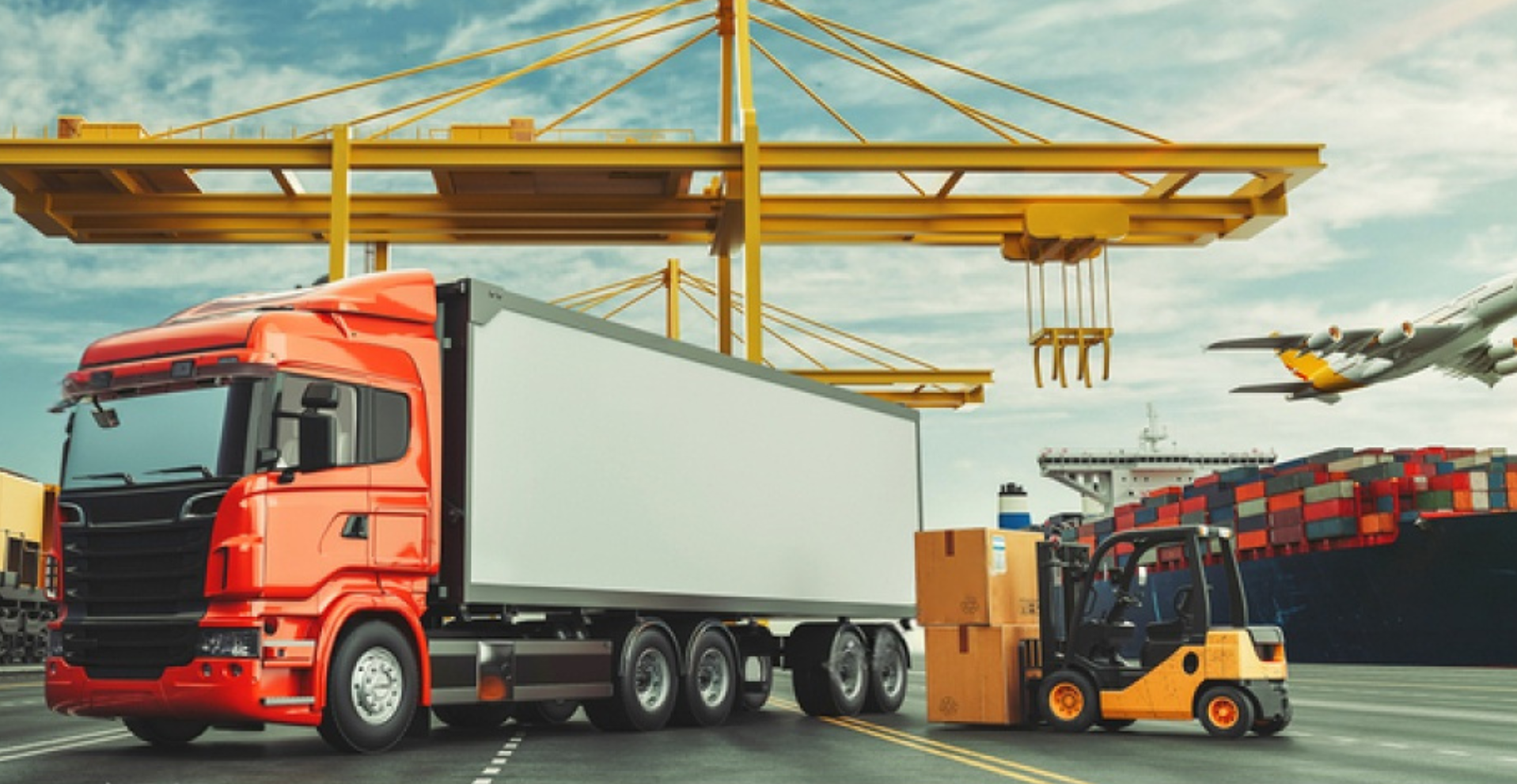
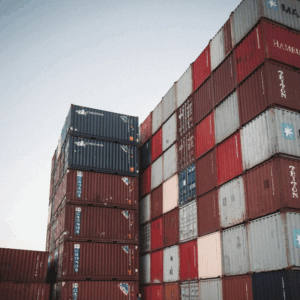

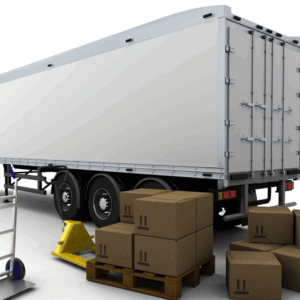

Leave A Comment
You must be logged in to post a comment.